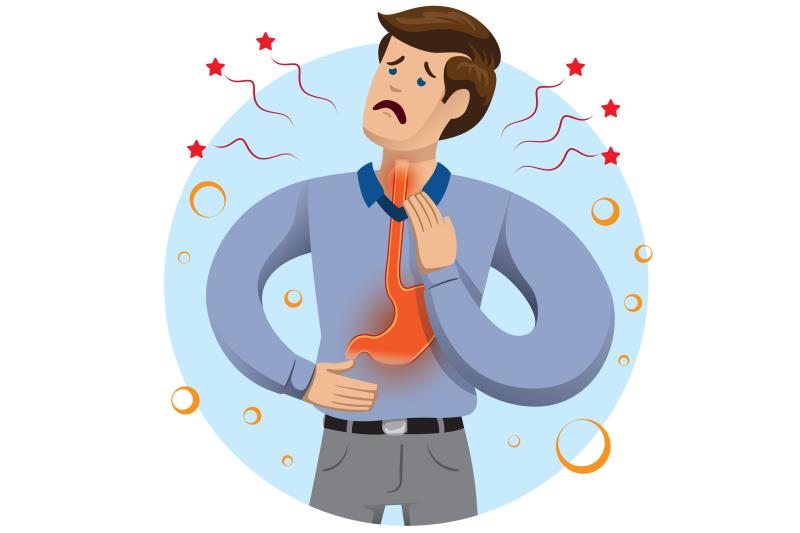
Treatment with zastaprazan 20 mg for 8 weeks shows noninferiority to esomeprazole 40 mg in patients with low-grade erosive esophagitis (EE), reports a study. Moreover, the healing rate at week 4 seems greater for zastaprazan than esomeprazole.
Some 300 patients with confirmed EE were enrolled in this phase III, multicentre, randomized, double-blind, noninferiority clinical study. Participants were randomly allocated to receive either zastaprazan 20 mg or esomeprazole 40 mg once daily up to 8 weeks.
The cumulative proportion of patients with healed EE confirmed by endoscopy at week 8 was the primary endpoint. Secondary endpoints included the healing rate at week 4, symptom response, and quality of life assessment. The investigators also evaluated safety profiles and serum gastrin levels.
At week 8, the cumulative healing rates were 97.92 percent with zastaprazan and 94.93 percent with esomeprazole (p=0.178). At week 4, the healing rate was higher in the zastaprazan group than the esomeprazole group (95.14 percent vs 87.68 percent; p=0.026).
No significant differences were noted in healing rates at weeks 8 and 4, symptom responses, quality of life assessments, and safety profiles between the two treatment groups. Furthermore, serum gastrin levels increased during treatment in both groups, demonstrating significant difference (p=0.047), but both decreased after treatment.
“Zastaprazan is a potent potassium-competitive acid blocker developed to treat gastroesophageal reflux disease,” the investigators said.